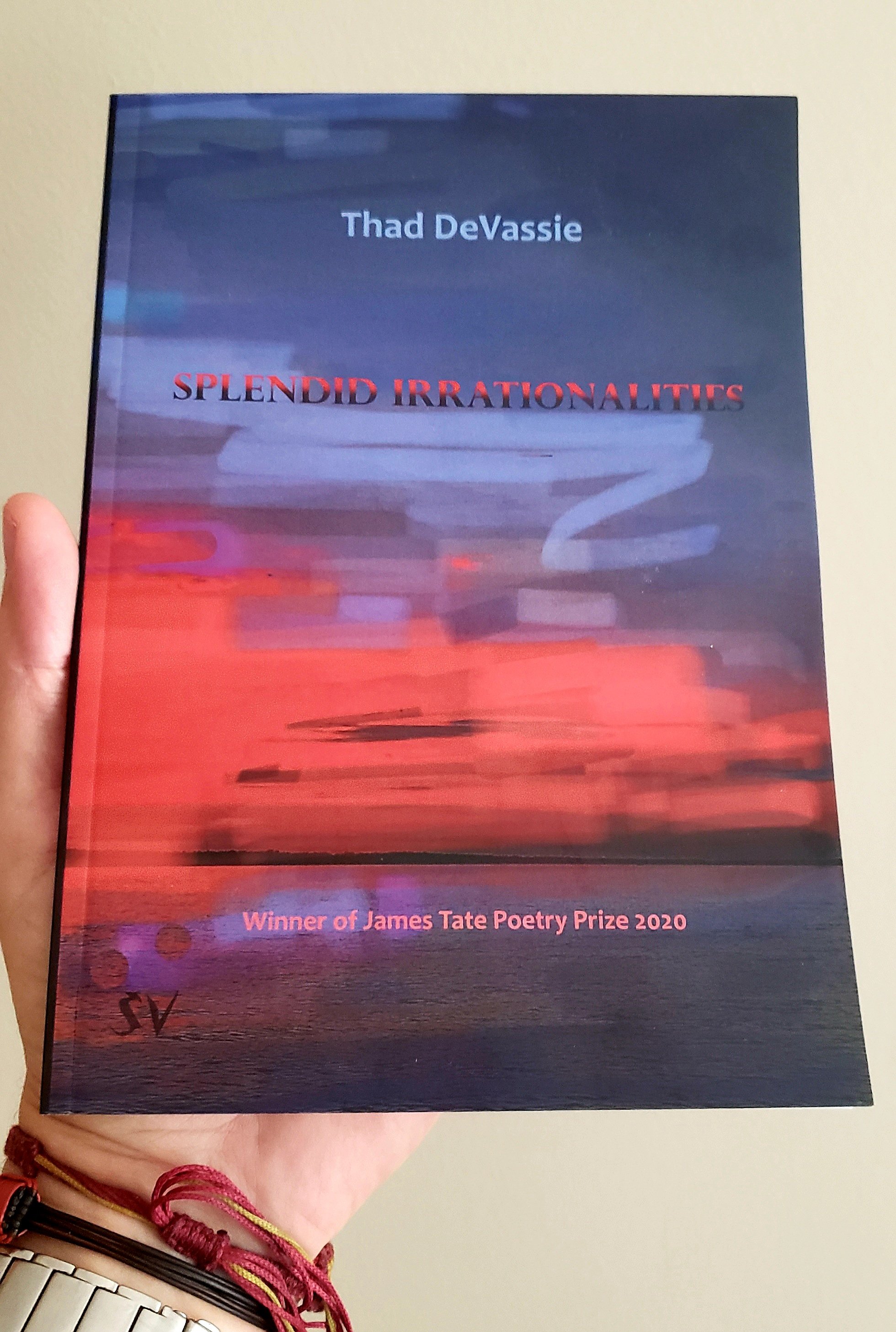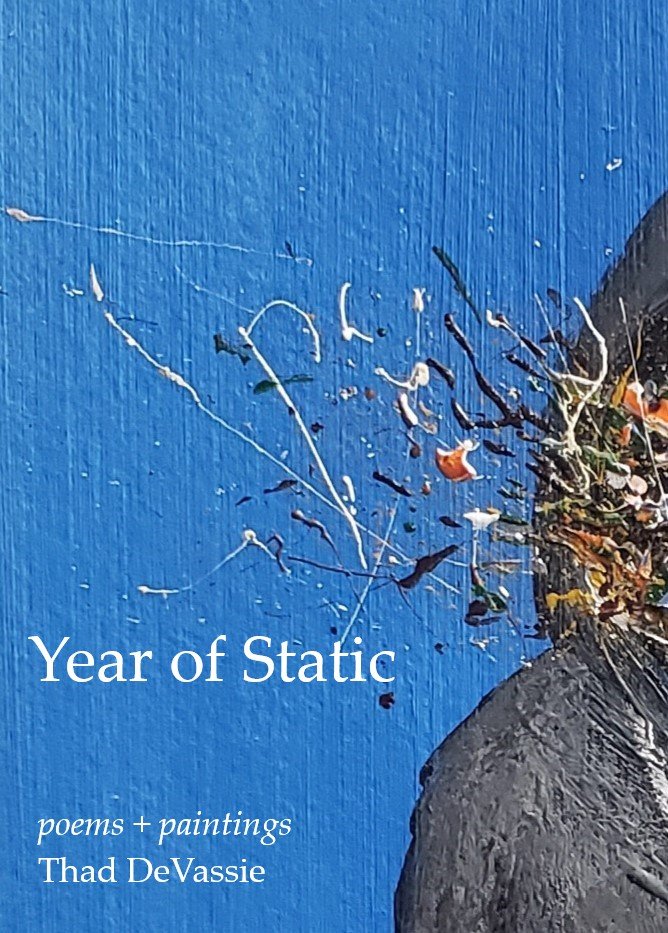THEM: We need something.... "out-of-the-box and more creative."
BOLD VERSION OF YOU: No, I don't think that is the real need.
This isn't confrontational or a posture of unwillingness.
It's being helpful.
It's choosing to speak truth.
It's being the problem-solver you were called to be.
It's why they hired outside eyes and brains and proven talent to give them an honest, unvarnished perspective they lack.
Because you work in nonfiction, working hard to tell real and not made-up stories to real people (and target audiences) over algorithms, which is the opposite of a fictional marketing fantasyland.
Because you read in an old brief somewhere or the owners told you why they started this business in the first place, which, based on the "creative" they now want to be more creative, doesn't look or sound at all like why they created this business in the first place.
Because people don't like being marketed and sold to, let alone sliding down a brand's sales funnel.
Because people who make purchasing decisions often have a built-in BS detector that clients struggle detect in their own work.
Because people simply want good service from people they can trust, people that remind them of them, even if they don't look or think like them.
Because "creative" is wildly subjective.
Because the "creative" shouldn't be about their likes, but their customers' wants, needs, desires and solutions to pain points.
Because you're not trying to win trophies, you're trying to help them grow their business.
Because creativity for creativity's sake can mask a good straightforward story with unnecessary distractions.
Because the best creativity doesn't steal the show, it puts the spotlight on the show itself.
Maybe what's needed isn't something more creative or out of the box.
Maybe what's missing is getting back to that reason the business was started in the first place: to do things differently, to break away from the crowd instead of following it, mimicking it, competing with it.
Maybe reminding them, giving them permission, and pushing them toward having the audacity to do their thing, their way, and in a way that speaks to the heart of others who also find that way compelling -- is the most compelling and creative thing you can do.
Maybe it's about unapologetically owning the very box they've built.
Or there's this, which is possibly the worst-case scenario where everyone wilts just a little bit more and as they maintain the status quo:
NON-BOLD VERSION OF YOU: Sure, we'll take a stab at making it more creative.
It's time to be more bold.
Bold is honest, direct and often simple (that doesn't mean it's easy).
And businesses need boldness now more than ever.









